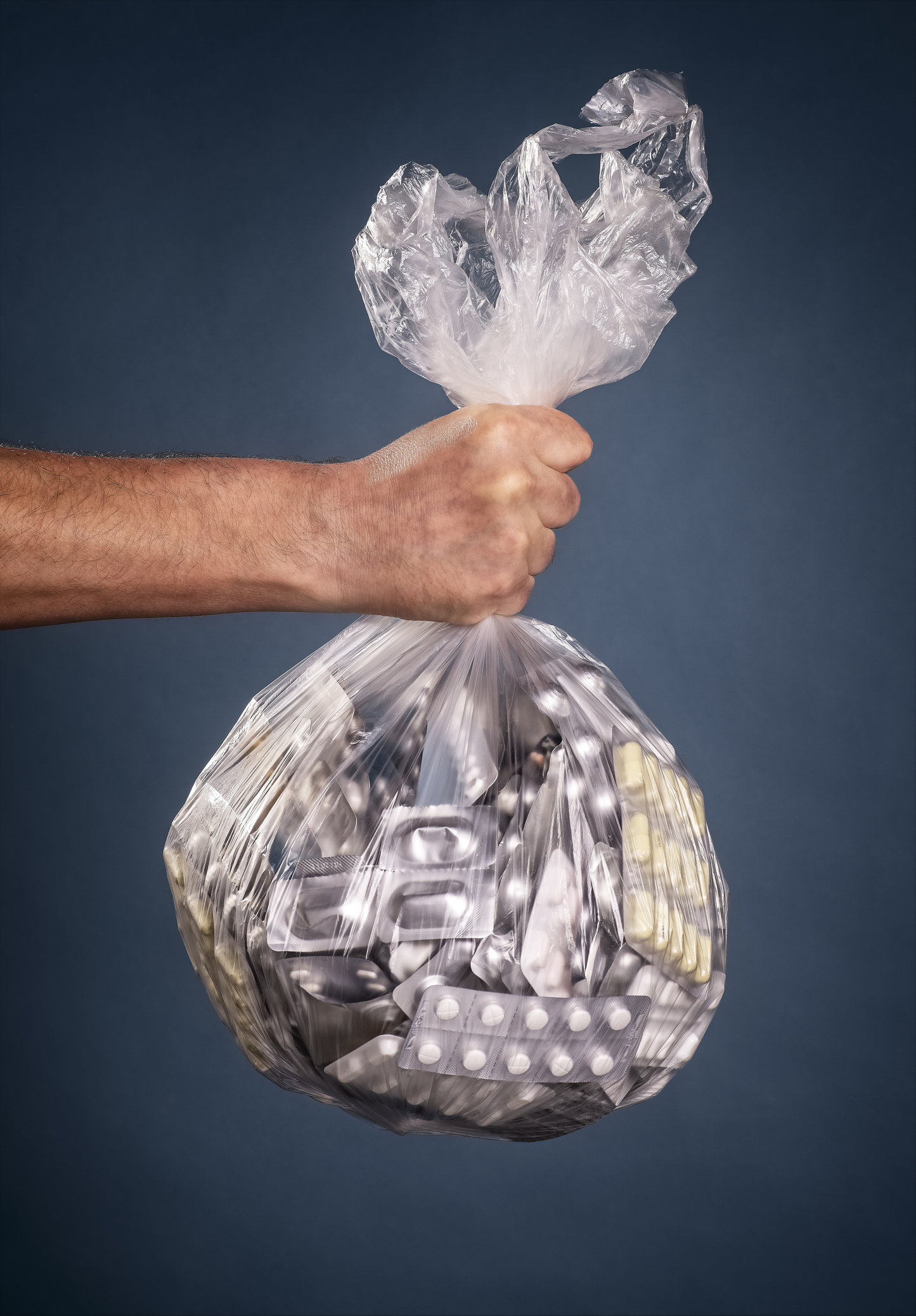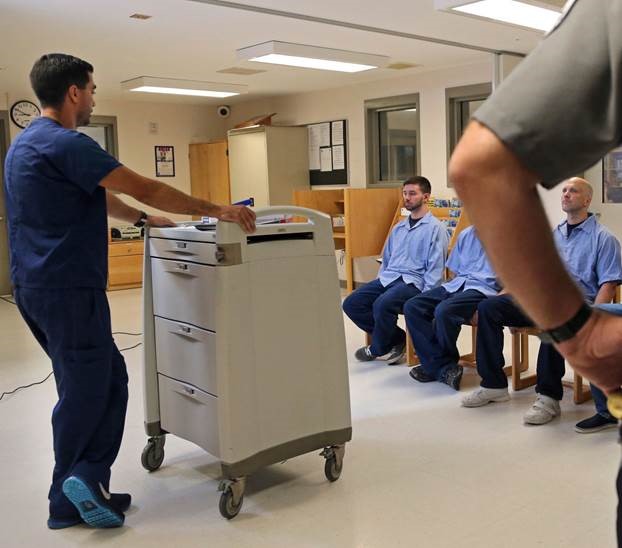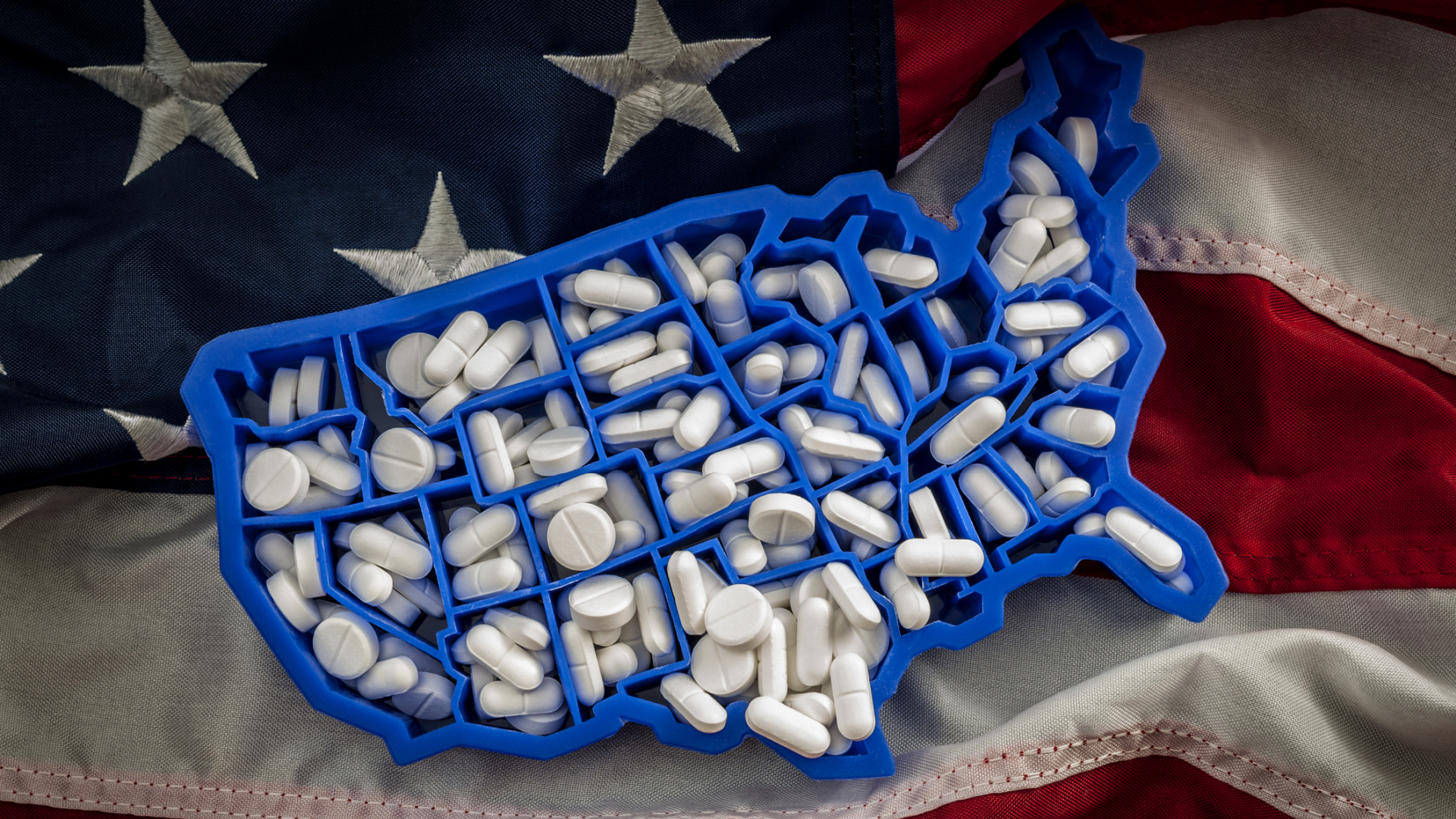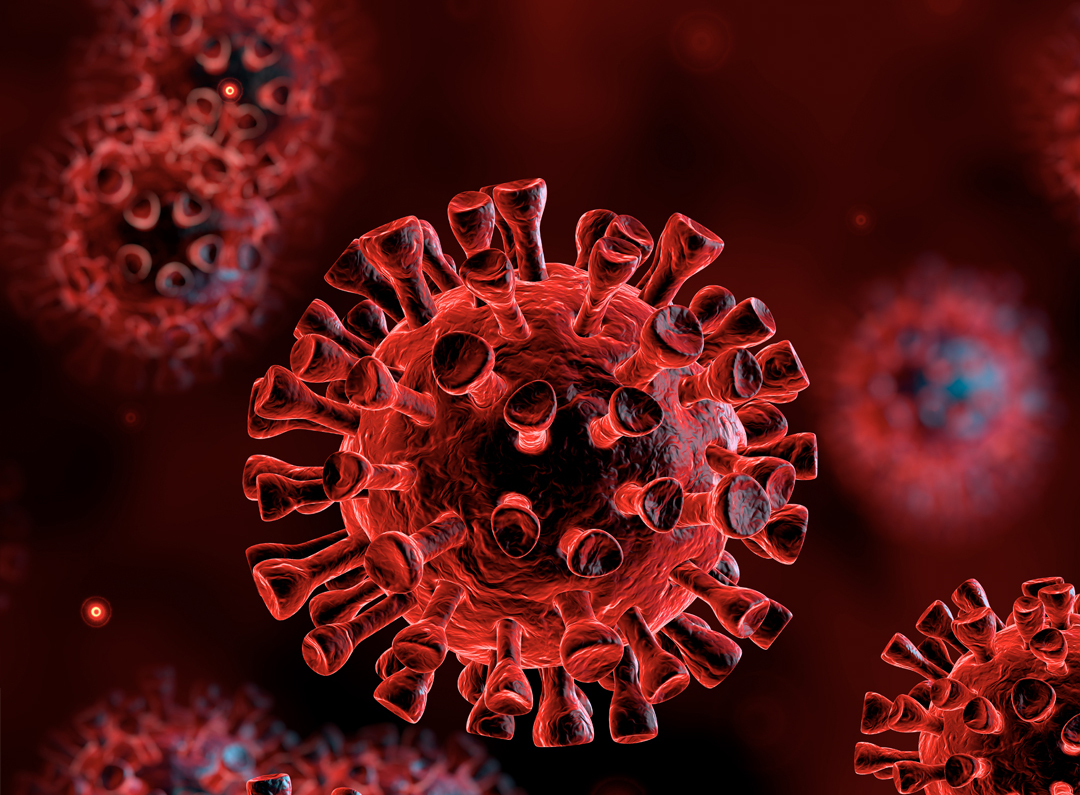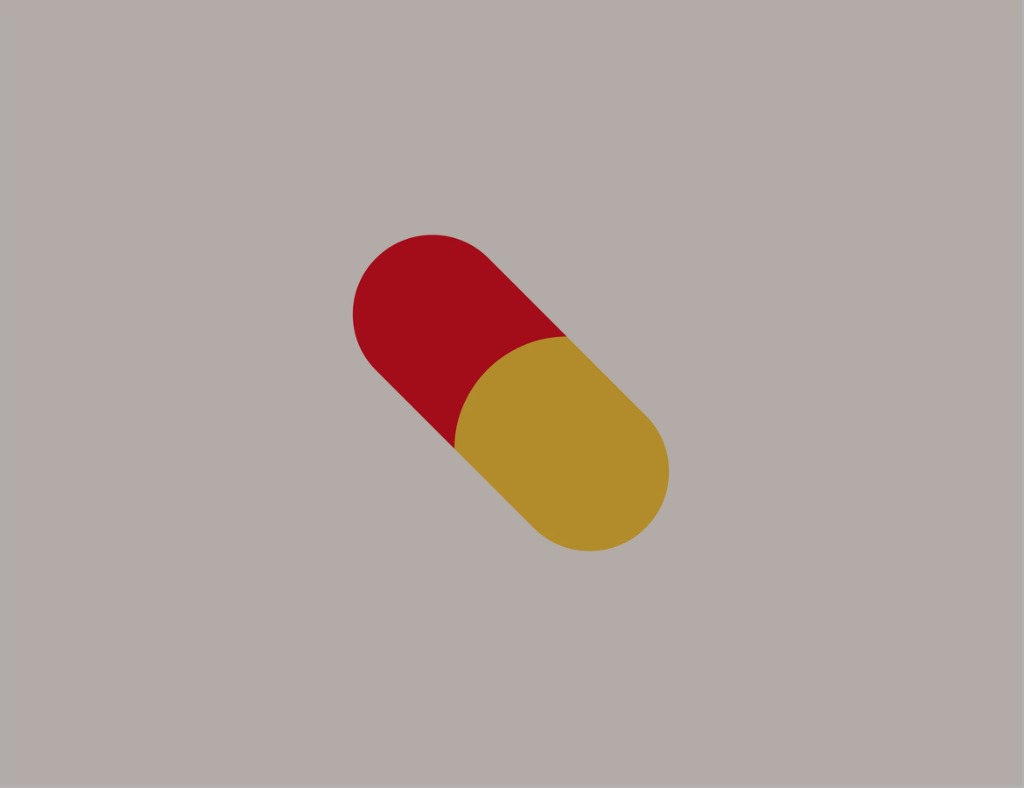February 22, 2023
|
Controlled Substances,
Harm Reduction,
Innovative Initiatives,
Naloxone,
Opioid Antagonists,
Opioids,
Prescription Drugs,
Public Health,
Recovery,
Substance Misuse,
Treatments
In the beginning of 2022, the West Virginia Drug Intervention Institute, the West Virginia Collegiate Recovery Network, and Marshall University, a public research university in Huntington, West Virginia, launched an overdose prevention initiative on every public and private college campus in West Virginia. The program, entitled, “Be The One” focuses on opioid overdose prevention from a bystander’s perspective, encouraging students, staff, and faculty to “be the one” to save a life....





